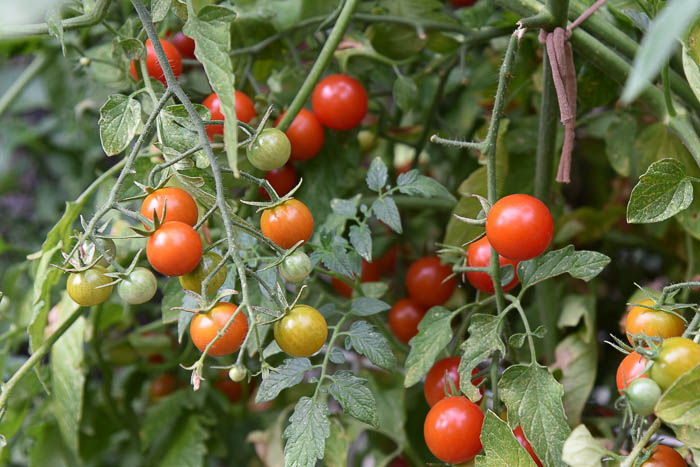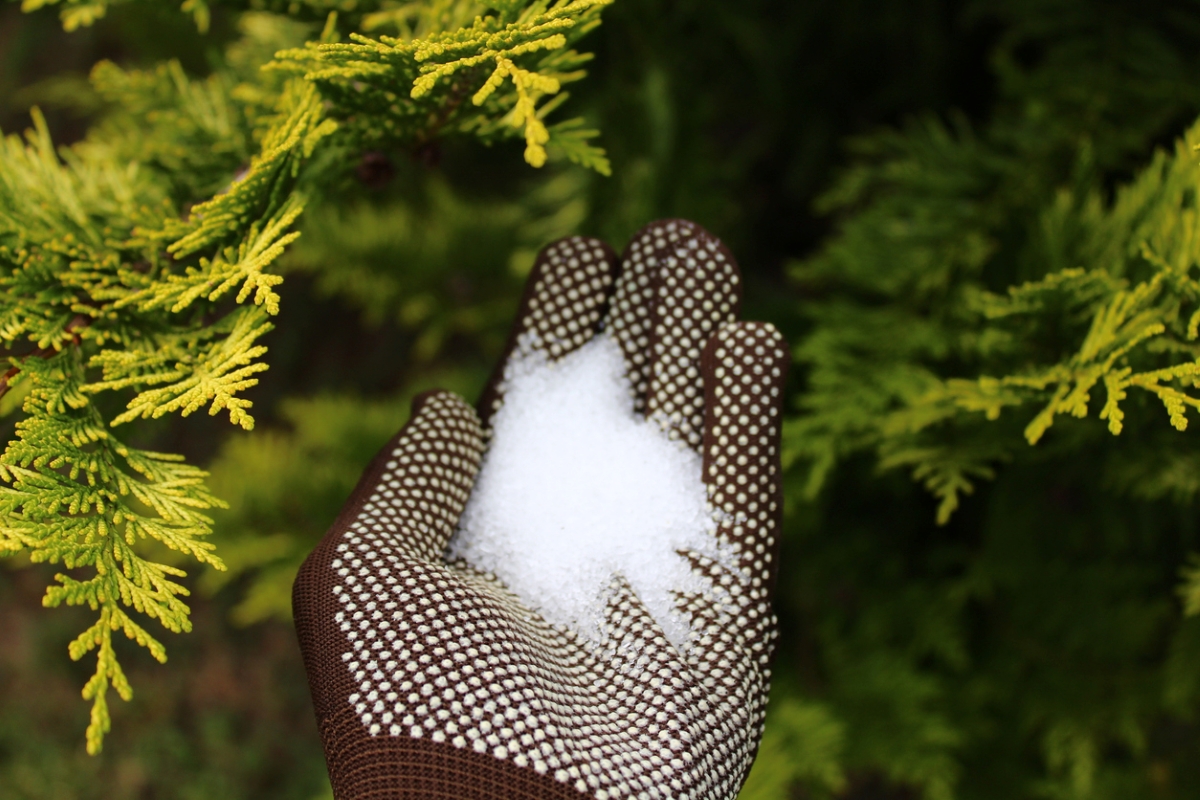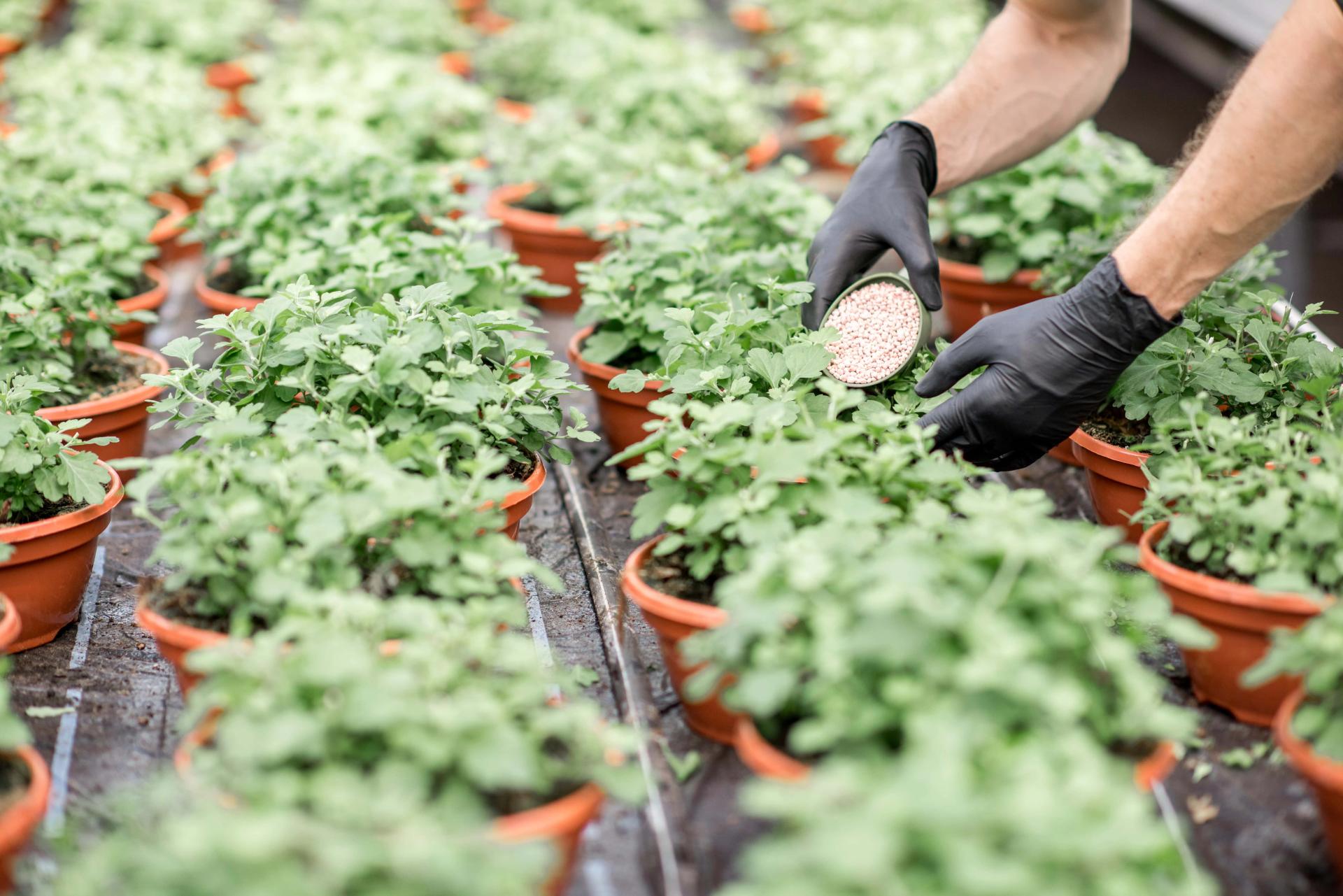What Plants Don't Like Epsom Salt? A Comprehensive Guide
What Plants Don't Like Epsom Salt? A Comprehensive Guide
Blog Article
Find Out About the Certain Plants That Are Adversely Impacted by Epsom Salt Application
Epsom salt, a preferred household treatment for numerous gardening troubles, is commonly commended for its advantageous impacts on plant development. Nevertheless, not all plants respond favorably to its application. Comprehending the specific plants that can be negatively impacted by Epsom salt is critical for any gardener wanting to maximize their plant care routine. Roses, tomatoes, peppers, azaleas, and rhododendrons are just a few instances of plants that may not respond well to Epsom salt. The reasons behind these unfavorable impacts and exactly how to alleviate them are important knowledge for preserving a prospering yard.
Roses

Roses, specifically sensitive to adjustments in their atmosphere, can be negatively influenced by the application of Epsom salt. While Epsom salt is commonly made use of as a fertilizer to promote plant development and improve flowering, roses are one of the plants that do not react well to its application. The high magnesium content in Epsom salt can disrupt the uptake of other vital nutrients by the rose plants, causing deficiencies that show up as yellowing leaves or stunted development.

Tomatoes
Tomatoes, recognized for their versatility in cooking applications, can show adverse results when exposed to Epsom salt because of their details nutrient requirements. While Epsom salt is frequently touted as a treatment for numerous plant issues, including bloom end rot in tomatoes, its application can lead to destructive outcomes if not utilized deliberately. Tomatoes are heavy feeders that require a balanced intake of nutrients, especially calcium, to grow. Excessive Epsom salt, which is magnesium sulfate, can interrupt the fragile nutrient equilibrium needed by tomatoes, potentially resulting in deficiencies in various other crucial nutrients like calcium. This imbalance may manifest in signs such as stunted development, yellowing leaves, or perhaps minimized fruit manufacturing in tomatoes. When taking into consideration the usage of Epsom salt on tomatoes, it is critical to stick to suggested application rates and dirt testing to avoid unintentional repercussions on the overall wellness and efficiency of these beloved garden plants.
Peppers
Peppers, prized for their different shades and degrees of spiciness, can show susceptibility to unfavorable impacts from Epsom salt when not used with care and factor to consider for their particular nutritional demands. what plants don't like epsom salt. Peppers, coming from the Solanaceae family, need a delicate balance of nutrients to prosper. While Epsom salt is known to improve magnesium levels in plants, extreme application can disrupt this equilibrium, resulting in damaging impacts on pepper plants
When peppers are revealed to high levels of magnesium from Epsom salt, it can disrupt the plant's ability to absorb various other necessary nutrients like calcium and potassium. This imbalance may show up in symptoms such as leaf staining, stunted development, and minimized fruit production. Furthermore, the too much magnesium can alter the soil pH, more aggravating nutrient uptake issues for peppers.

Rhododendrons
Provided the level of sensitivity of particular plant varieties to discrepancies created by Epsom salt, it is vital to consider the effect on Rhododendrons, which likewise need specific nutrient levels to flourish. Rhododendrons are acid-loving plants that choose acidic soil conditions with a pH variety in between 4.5 and 6.0. Epsom salt, chemically known as magnesium sulfate, can alter the soil pH and disrupt the delicate balance of nutrients essential for Rhododendron health and wellness.

To preserve the ideal growth and health of Rhododendrons, it is crucial to stay clear of the unplanned use Epsom salt and rather concentrate on giving the certain acidic soil problems and nutrients that these plants require for flourishing.
Azaleas
Azaleas, recognized for their vivid blooms and wide series of shades, are ornamental hedges that come from the Rhododendron genus. These popular blooming plants are typically found in parks, imp source landscapes, and yards due to their appeal and flexibility. Azaleas are delicate to modifications in soil pH levels, which can dramatically affect their development and overall wellness. While Epsom salt is typically utilized as a treatment for magnesium shortage in plants, its application to azaleas can have unfavorable results.
When Epsom salt is used to azaleas, it can modify the dirt pH, making it extra acidic. Azaleas choose somewhat acidic dirt conditions, and an excess of magnesium from Epsom salt can interrupt this equilibrium, leading to nutrient imbalances and prospective poisoning concerns. The incorrect application of Epsom salt can lead to stunted development, yellowing of leaves, and general decrease in the wellness of azaleas. Therefore, it is important to be careful when thinking about making use of Epsom salt on azaleas weblink to stop any kind of adverse effects on these fragile ornamental shrubs.
Verdict
To conclude, it is necessary to be mindful of the details plants that can be detrimentally influenced by the application of Epsom salt. Roses, tomatoes, rhododendrons, azaleas, and peppers are some examples of plants that may not take advantage of Epsom salt and might even suffer damage. It is important to research and understand the requirements of each plant varieties before utilizing Epsom salt as a plant food to guarantee their wellness and well-being.
Comprehending the certain plants that can be detrimentally affected by Epsom salt is vital for any kind of garden enthusiast looking to maximize their plant treatment routine. While Epsom salt is typically utilized as a plant food to promote plant growth and enhance flowering, roses are one of the plants that do not respond well to its application.Extreme usage of Epsom salt can additionally result in her explanation an accumulation of salts in the soil, leading to root damages and dehydration of the rose plants. While Epsom salt is recognized to enhance magnesium degrees in plants, excessive application can disrupt this equilibrium, leading to adverse results on pepper plants.
The high salt web content in Epsom salt can additionally dry out Rhododendron origins, triggering more stress and anxiety and damages to the plant. (what plants don't like epsom salt)
Report this page